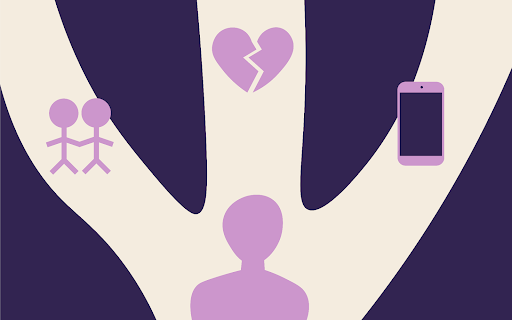In today’s modern world of social media, Kindles, and iPads, information has never been more readily available. With the mere push of a button, your average Joe can find the nearest Thai restaurant, place a reservation, and use a navigator to find the quickest directions.
With all of these technological advances occurring within the past decade, the simple and traditional view of even what the idea of a “textbook” refers to, is being redefined. Many students are now finding themselves assigned e-textbooks, textbooks that are purchased and accessible online, and more teachers seem to be embracing these modern study tools.
But how does an e-textbook work exactly? A few years ago, several schools had begun to offer textbooks on CD-ROMs, an option that is now
growing more archaic. Today at St. John’s, students are sometimes able to buy and use their books online at Cafescribe.com. This website, the brainchild of the Follett Higher Education Group, provides a plethora of online textbooks for students to choose from. Books are purchased online, either forthe semester or permanently. This method is typically less expensive than purchasing a physical textbook at the school bookstore. Once the reading has been bought and
then downloaded, students are then able to use a username and password to open their book online.
According to Dr. Greh, Director of Communication Arts at St. John’s Staten Island Campus, e-books have “tremendous possibilities” and stand to grow in popularity. Through CafeScribe, the days of hauling brick-like books across campus could, in theory, be coming to an end.
While the benefits of virtual reading are noteworthy, from their cheaper price tag to their environmentally friendly nature, not everyone is a fan. Teachers have begun to move more toward online materials, yet the majority of classes at St. John’s still require actual books.
“A lot of the time it’s easier to have the book in your hand and to just be able to write and annotate rather than having
your laptop,” said sophomore Ndeye Thioubou. “And a lot of the time I got sidetracked because you have access to everything that’s on the Internet.”
As easy as an e-textbook is intended to be, electronic studying is not without its setbacks.
“[When you opened the book] it didn’t go back to your original page,” explained sophomore Tonia Roundtree. “It would start the book all over again.”
The online book trend has raised similar issues regarding practicality and usage. Annotations and bookmarks are much more difficult without a tangible book available, and many users feel that the lack of concrete resources makes retaining information more difficult.
At this point, it appears that online textbooks are now a matter of preference rather than a staple of college life. However, as sales in e-books continue to rise and technology continues to grow, the virtual trend may soon find itself in the classroom to stay.








